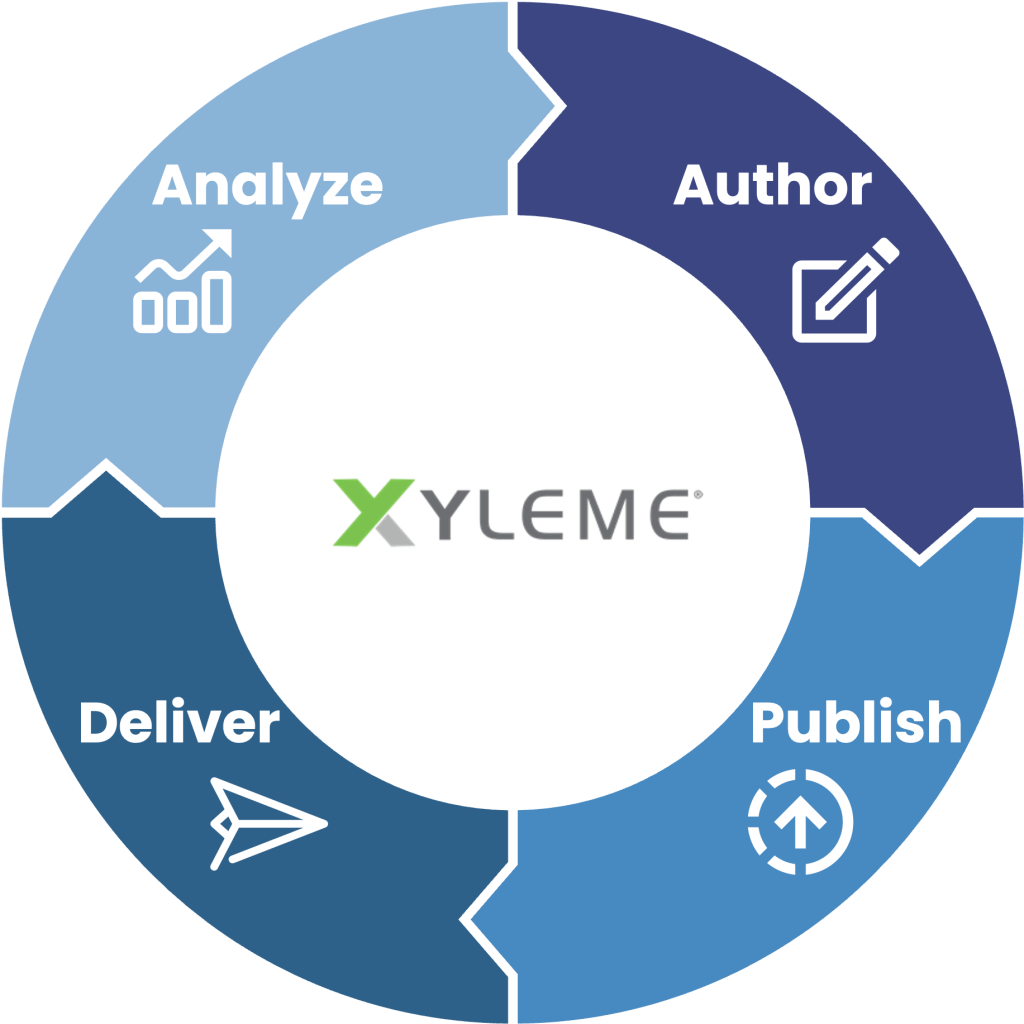In simpler terms, an LCMS provides content professionals with a centralized location where they can manage their content and collaborate with others.
Xyleme, for example, is a popular LCMS that offers a comprehensive set of features for content creation, management, and delivery of structured and unstructured learning content (eLearning, HTML, Tests, Quizzes, performance support, and more).
On the other hand, a Learning Management System (LMS) has a different primary function. An LMS is designed to administer, assign, track, and access formal learning content.



